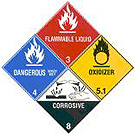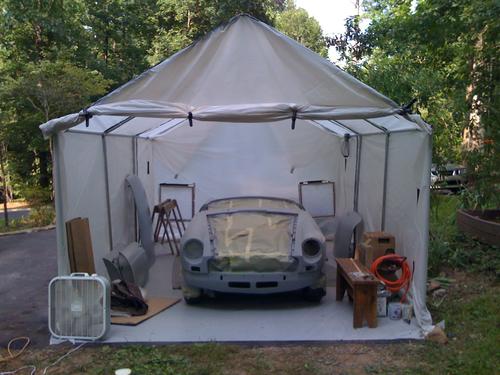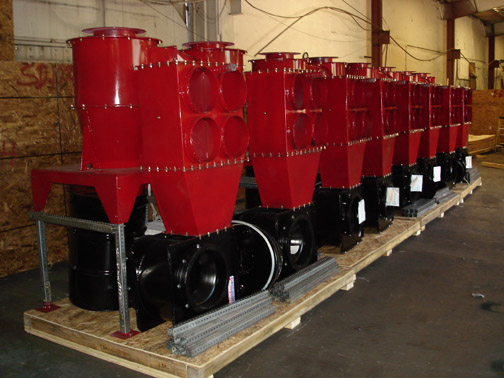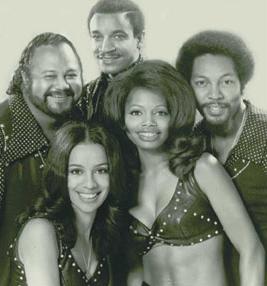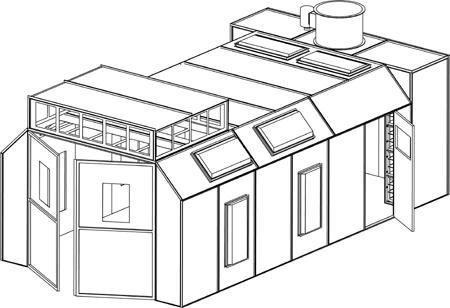
NEWS RELEASE
<May 18, 2011><Greensboro, N.C.>
Standard Tools and Equipment Co, a trusted manufacturer in the automotive aftermarket industry, announced today that they have been selected by How 2 Media to be a part of the popular television series, “World’s Greatest …”, featuring their paint booths. The show airs on the ION Network.
The company goes to market as Tools USA and paint-booths.com, to sell hundreds of products through their mail-order catalog and their various Web sites. Products include auto lifts, frame machines, pulling posts and clamps, tire equipment, powder coating equipment and, or course, their paint booths.
One of the first online sellers of Paint Booths, their Tools USA internet store opened in 1999. Recognized by Google Inc. (1,000,000 Leads Generated), and Internet Retailer (America’s Top 500 Largest Retail Web Sites), they have a history as a successful online retailer.
“We started selling to Body Shops and in the early 80’s, the company developed the very first national catalog for the body shop professional,” says Michael Kestler, President of Standard Tools and Equipment Company. “Our many years of experience in the collision repair industry helped us to develop the superior paint booth products that we offer today. The value, quality and efficiency of our paint booths have been major factors in our expansion into other industries and our overall success.”
With over half of their paint booths being sold outside of the body shop industry, Standard Tools has supplied paint booths to such industries as NASCAR teams, Woodworking shops, military, schools, government and many varied manufacturing industries.
After a careful interview process, the show determined that Standard Tools’ experience, technology and customer-service made for not only a great paint booth, but a great story too.
“We think they have an interesting story to tell and we will help tell that story in a meaningful way to our viewers,” said Gordon Freeman, Executive Producer of the show. “Standard Tools is a major company operating in the somewhat fragmented Spray Booth manufacturing industry. The difference is that they sell direct, which affords and enables them to offer products at the lowest possible prices without sacrificing quality.”
“World’s Greatest…” is a 30-minute television show from the producers at How 2 Media. The show features the world’s greatest companies, products, places and people. Past businesses featured include Anheuser-Busch, Lenox China, Land’s End, Samsung, and Xtreme Motorsports.
A film crew will be visiting Standard Tools’ facilities in late June to get the story behind the story on why Standard Tools makes the World’s Greatest Paint Booths. They will begin shooting the segment, scheduled to air later this year.
“We are thrilled to be a part of ‘World’s Greatest…’ and honored for the selection,” Kestler continued. “We are excited to highlight the company’s history, manufacturing process and the story of who we are and why we do what we do.”
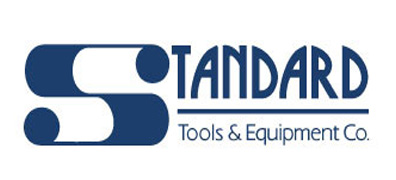 About Standard Tools and Equipment Co.
About Standard Tools and Equipment Co.
Tool USA, founded in 1979 is an operating company of Standard Tools Holding Corp. (Standard Tools and Equipment Co.), a privately-owned holding company. Standard Tools and Equipment Co. is a leading manufacturer and distributor of automotive body shop equipment. Manufacturing and corporate offices are located in Greensboro, NC.
For more information, visit www.toolsusa.com or www.paint-booths.com or contact Kat at Katm@standardtool.com.


